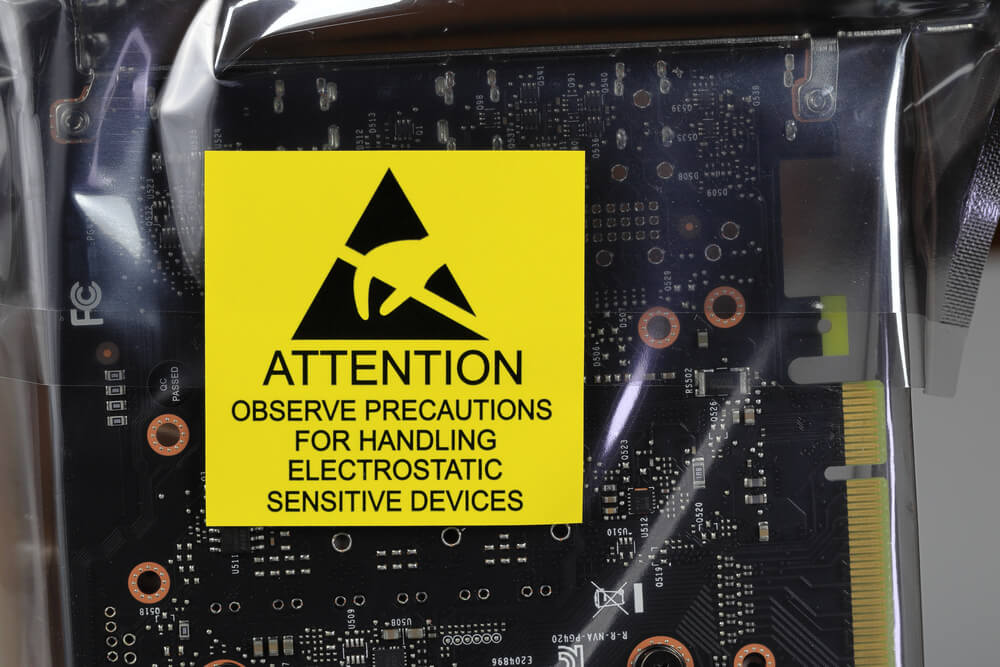What Is an Electrostatic Discharge (ESD)?

By definition, electrostatic discharge, or ESD, refers to the sudden flow of electricity between two objects caused by a difference in electric charge. You’ve likely experienced this when touching a doorknob and getting a small shock. Though harmless for you, ESD can be devastating for sensitive electronics, so it is important to know what an electrostatic discharge is.
What Causes an Electrostatic Discharge?
In simple terms, an electrostatic discharge is when objects with different electrical charges come into contact and electrons move between them to balance out the charge. This movement results in a discharge of electricity, often seen as a spark.
In the world of electronics, ESD can happen during the handling or transportation of electronic devices. For example, when a circuit board is moved from one place to another, the friction between the board and another object can generate static electricity. If the charge is large enough, it could potentially cause damage. Knowing what an electrostatic discharge is helps you understand the importance of using proper protective equipment, such as anti-static packaging.
Why Is Electrostatic Discharge a Problem for Electronics?
Electrostatic discharge poses a significant risk to electronics because the components inside devices are often extremely sensitive to small amounts of electricity. Electronics, such as microchips and circuit boards, are designed to operate with precise electrical currents. Because many electronic devices are miniaturized, even a small discharge can have catastrophic effects, which is why it’s crucial to protect these components from ESD at all stages of production, transportation.
What Kind of Damage Can Electrostatic Discharge Cause?

ESD damage can vary depending on the location and intensity of the discharge. Generally, damage caused by ESD is classified into two main categories: latent and catastrophic.
Latent
Latent damage refers to the kind of harm that isn’t immediately noticeable. The component may still appear to function as expected at first, but over time, the effects of the discharge can cause it to degrade. This type of damage typically results in reduced performance or reliability issues that may not surface until the device has been in use for a while.
Catastrophic
On the other hand, catastrophic damage is immediate and visible. When an ESD event occurs with enough intensity, it can cause instant failure of the electronic component. For example, a spark can burn out the internal circuits of a microchip or destroy a sensitive transistor. This type of damage is irreversible and can render the component or device completely nonfunctional, resulting in costly repairs or replacements.
How To Prevent an Electrostatic Discharge
Effective ESD control requires a combination of careful handling practices and specialized materials designed to minimize the risk. ESD packaging materials, such as trays, bags, and foam inserts, are designed to shield electronic components from static electricity during storage and transportation. These materials help to dissipate any static charge safely, preventing potential damage to the equipment.
Ready-Made offers reliable ESD packaging trays for delicate electronics. Crafted from lightweight, anti-static plastics, the trays ensure secure chip storage and easy inspection, offering peace of mind during every step of the transportation and handling process.
Request a free product sample today to see for yourself how our high-quality packaging solutions can protect your electronics from the kinds of damage an electrostatic discharge is capable of.
